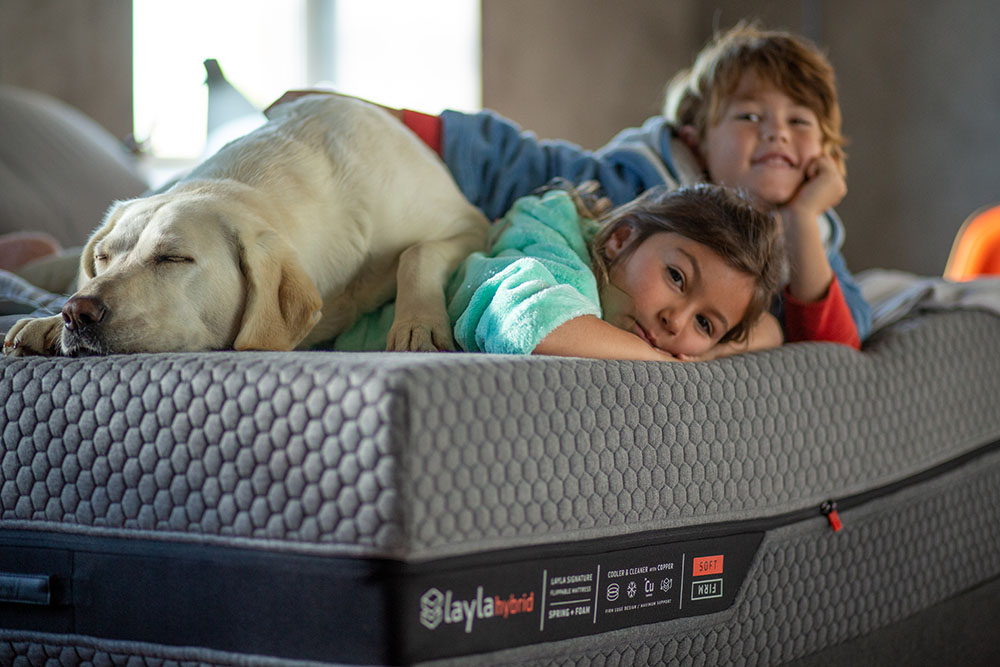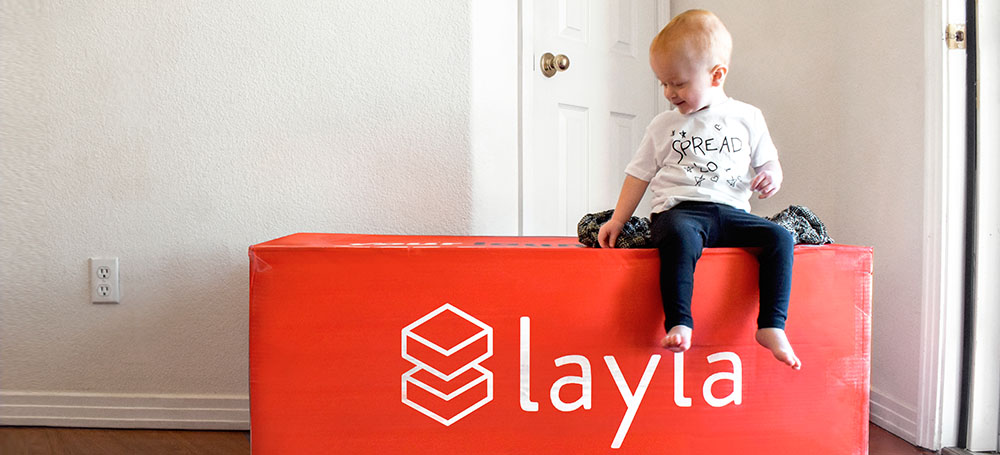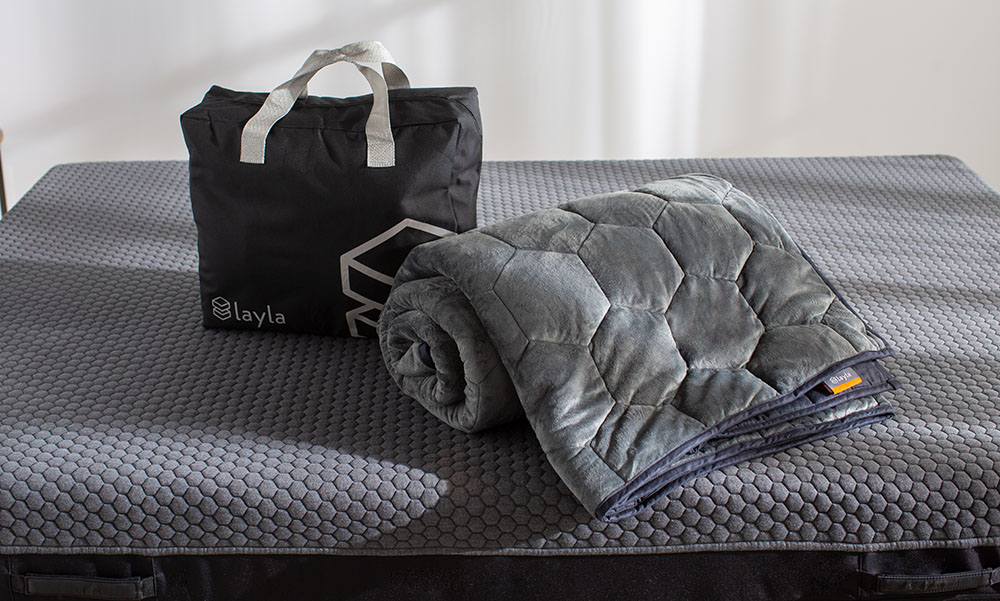For example, pregnancy often means that back and stomach sleepers turn into side sleepers, since that’s typically the most comfortable (and safest) way to sleep when you’re pregnant. You might also experience an injury that prevents you from sleeping in your preferred position. Or, perhaps you’re constantly woken up by a partner who is irritated by your snoring, so you’ve adapted to stomach sleeping to keep your mouth-powered lawnmower at bay.
Whether you’ve always been a stomach sleeper or just started, sleeping on your belly can be tough on your body. In order to properly support your spine and joints, it’s important to find and use the best mattress for stomach sleepers.
In the article below, we’ll lay out a comprehensive guide to the best mattress for stomach sleepers, what you should know, and how to invest in the right bed accessories to properly support your body. Sleeping on your stomach, also known as the prone position, has both advantages and disadvantages. But we’ve got your back – er, stomach – and we’ll help you understand how to continue sleeping in a way that’s most comfortable for you.
Sleeping on Your Stomach
If you’re a stomach sleeper, you’re a rare breed – it’s the least common sleeping position. Just 16% of people regularly sleep on their stomachs. Many people might sleep on their bellies once in a while during the night, but it’s uncommon to do so for the entirety, or even the majority, of the night.
Although this position might be the most comfortable for you, there are a few telltale signs you might want to switch up how you sleep in addition to benefits that come with this sleeping choice.
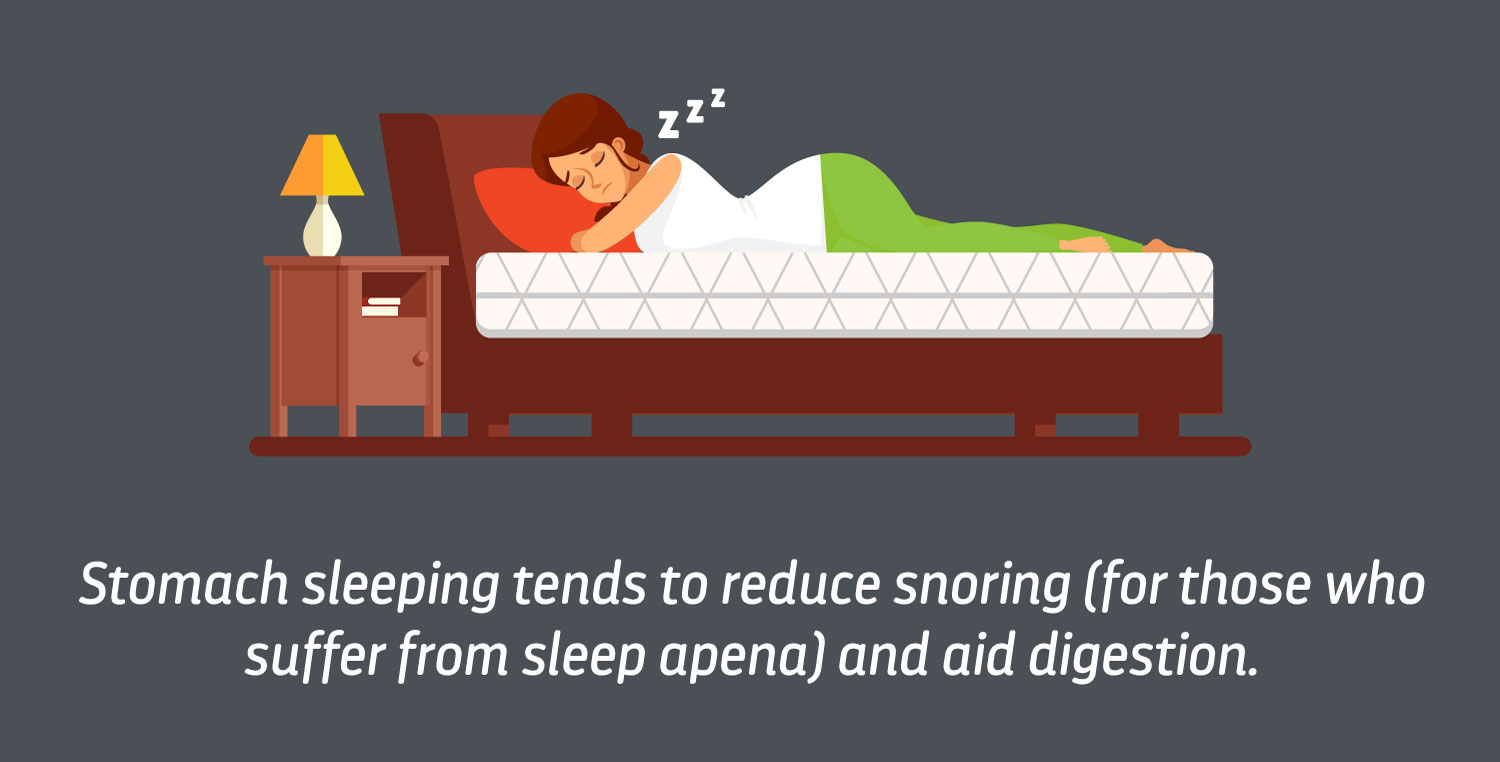
How Stomach Sleeping Impacts Sleep
Prone sleepers experience a few perks that side sleepers and back sleepers don’t receive. For starters, front sleepers have a reduced risk of breathing-related sleep disorders. When you sleep on your stomach, you’re less likely to snore or experience sleep apnea because of the placement of the throat and tongue. This is why you can usually solve a snoring issue (and potentially your relationship troubles) by just turning over onto your belly.
If you sleep on your stomach, you’re also less likely to experience less heartburn since it reduces the risk of acid reflux issues.
There are also a few stomach-sleeping drawbacks that you should consider in the context of your overall health. When you’re in the prone position, your spinal alignment can be thrown out of whack, since sleeping on your front side concentrates pressure on the middle of your body and back. Over time, that additional pressure can create issues and pain.
You might also experience muscle and joint strain since your neck, shoulders, and back are all in more vulnerable positions as you sleep. A study from 2012 found that people who watched TV or used a computer while lying on their stomach caused tension to build up in the lumbar region.
As a result of the increased pressure on your joints, you might experience sleep disruptions while lying in the prone position. In turn, your quality of sleep and the hours spent in restorative sleep stages could be negatively impacted. Getting poor quality sleep or not enough sleep creates a domino effect of other problems. Memory loss, cognitive decline, and a heightened risk for certain diseases may develop from chronic lack of sleep.
However, there are a few ways you can ensure that stomach sleeping is healthier for you and doesn’t leave you worse for wear.
How to Sleep on Your Stomach
Changing up your sleeping position can be difficult when it’s your natural preference. But if you’re committed to stomach sleeping or end up in that position regularly while fast asleep, there are some tricks to reduce the negative impacts. Follow these tips for sleeping on your stomach:
- Shift your position occasionally: When you’re awake or wake up while you sleep, try to move to your side or back. This will help alleviate any pressure that has built up during the night.
- Keep your legs flat: When you’re on your stomach, pay attention to the position of your legs. They should be flat because if one or both are elevated, your spine becomes twisted.
- Add in a stretching routine: As a stomach sleeper, it’s critical to stretch out your back and the rest of our body when you wake up. Because your pelvis is in a forward position while you’re prone, try stretches that do the opposite. Child’s pose and other similar yoga exercises and stretches are a great place to start.
- Center yourself: If you can’t fall asleep unless you’re on your stomach, take the time to ensure that your body is positioned properly. Your body should be centered with your hips and back straight. Your hands should be by your sides.
- Use pillows strategically: One of the best ways to sleep in a less muscularly taxing way is to use a pillow. Place a flat pillow under your pelvis to raise your spine. This will help reduce any pressure build-up. You can also use a pillow for your head when you’re lying prone. Place it directly under your forehead to create a breathing passage and to ensure that you won’t turn your neck.
- Don’t use an old mattress: An old mattress might seem extra cushy, but that extra “give” often means that your body will sag right along with your bed. The lifespan of your mattress depends on the materials it’s constructed with, but if you see a dip or bowing in the middle of your bed, it’s time for a replacement. And, if your bed is over 10 years old, it’s past its lifespan. For your health, dispose of your old mattress and invest in a new one that properly supports your body.
What Mattress Features to Look For
Because sleeping on your stomach can place strain on the neck and spine, the wrong mattress can make these issues significantly worse. Prone sleepers need a mix of comfort and support – too cushy and your body will sink into it and you’ll be in pain eventually. But a mattress that’s too hard can mean that your body stays tense.
A happy medium that mixes comfort and support is the best type of mattress for stomach sleepers. You might find that your personal preference tends toward more firm or less firm, but we’ll get into that below.
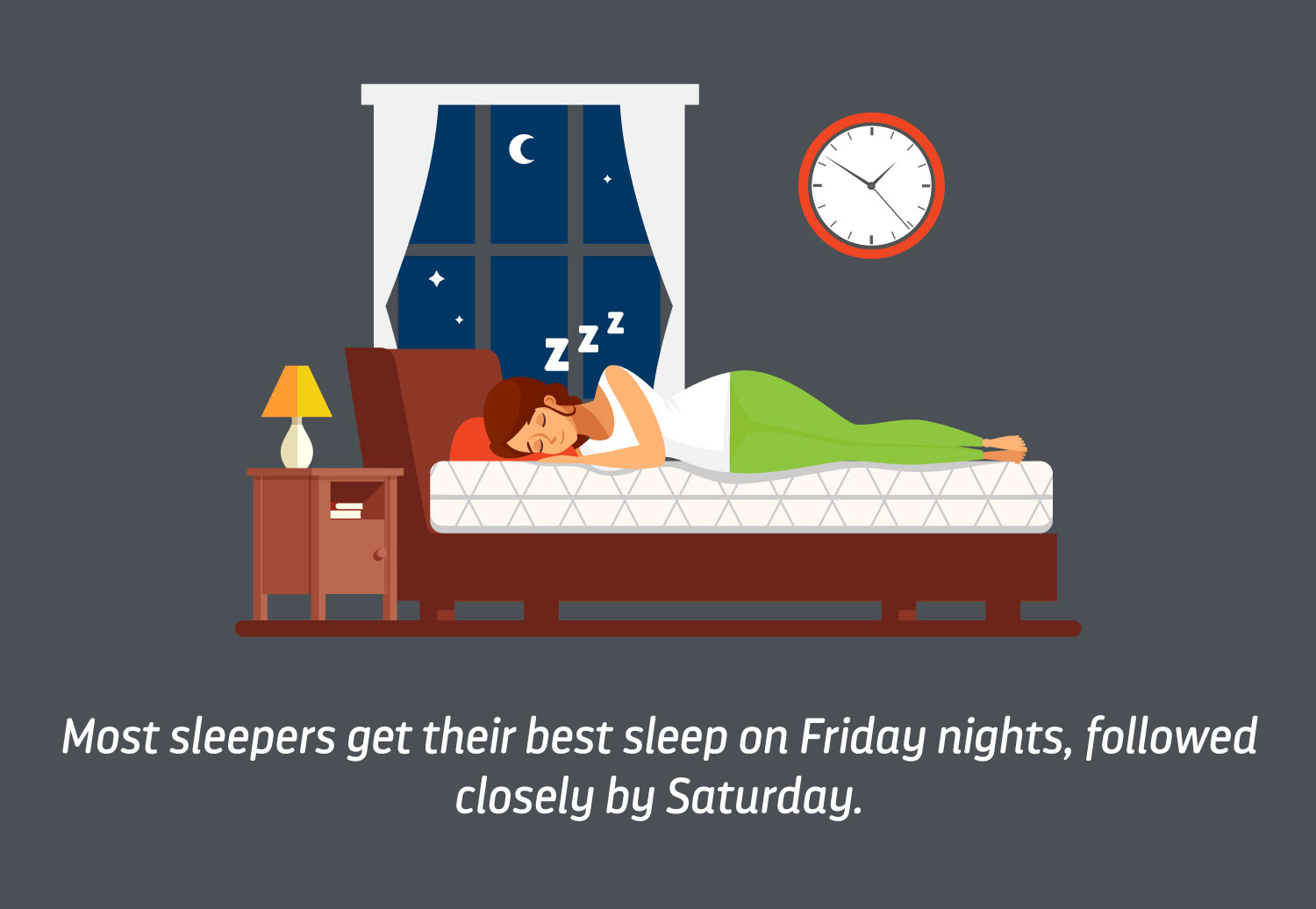
Mattress Firmness for Stomach Sleepers
When it comes to mattress firmness for those who sleep prone, it’s important to consider overall support. A mattress should be firm enough that it helps prevent your midsection from sinking in too deeply. Your body should lie as flat as possible to avoid excess pressure from your sleeping position.
You should also consider your body weight when it comes to mattress firmness. Why? Because a mattress that doesn’t provide adequate support for a heavier person might be ideal for someone on the lighter end of the scale.
The Sleep Foundations recommends that if you weigh between 130 pounds and 230 pounds, you should sleep on a medium or medium-firm mattress to balance conforming comfort and support. For those that weigh under 130 pounds, you may prefer a softer feel for more pressure point relief. And for other sleepers who weigh more than 230 pounds, you might need a firmer mattress to avoid excess sinkage.
Of course, these recommendations are just guidelines, you may find that you need something firmer or softer depending on your personal preference.
Why Type of Mattress is Best for Stomach Sleepers?
Ultimately, the best type of mattress for stomach sleepers is whatever keeps your body well-aligned as you sleep. But there are some choices that are better than others. Let’s take a look at a few of the different types of mattresses available on the market.
Hybrid
What is a hybrid mattress? Exactly what it sounds like! A hybrid mattress marries the traditional support of an innerspring mattress with innovative memory foam. Stomach sleepers might benefit from a hybrid mattress because they provide a balance between support and comfort.
The extra sturdiness from the springs can help prevent your midsection from sinking into the mattress, while the memory foam enfolds the body to relieve excess force from pressure points.
The Layla Hybrid Mattress goes a step further than other hybrids on the market. The Layla Hybrid boasts individually wrapped coils, copper gel memory foam, max airflow support foam, and flips to reveal two different firmness options. You can test out this mattress to decide whether you want the extra cushion provided by the soft side, or the additional support delivered by the firm side. You can even flip the mattress based on your whim thanks to the easy handle found on the sides.
Worried about motion transfer and squeaky coils waking you or your partner up? Well, memory foam keeps movement isolated, so you can flip over onto your stomach without shaking or rocking the entire mattress. Coils are individually wrapped and whisper-quiet.
But Layla’s Hybrid isn’t the only great mattress for belly sleepers.
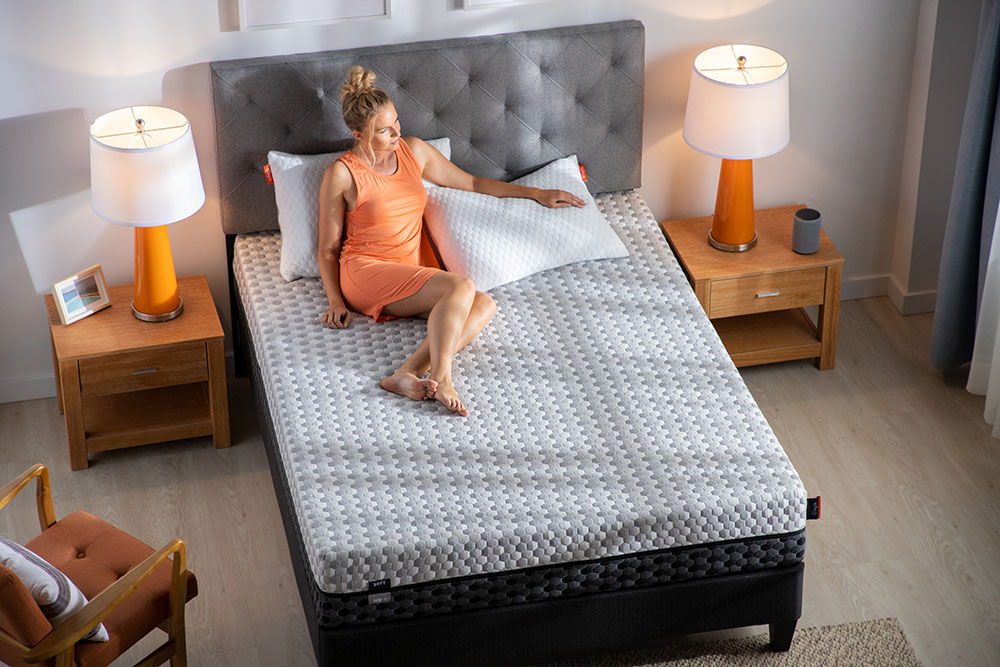
Memory Foam
One mattress you’ve likely seen advertisements or infomercials for is memory foam. Memory foam mattresses can do a lot more than just keep your wine from spilling when you jump on your bed, it turns out.
Memory foam adjusts to your sleeping position and body, so you’re always comfortable whether you’re on your back, stomach, or side. The only drawbacks of memory foam mattresses are their tendency to sink and trap heat.
The Layla Memory Foam Mattress is in a class of its own when it comes to memory foam mattresses, thanks to its cooling copper material and variable support system. In deep compression areas, like your hips or shoulder, Layla’s innovative copper foam materials react to pressure with a firming response. Because the memory foam is infused with copper, heat is pulled away from the body, leaving you cool and comfortable throughout the night.
And, just like Layla’s Hybrid, you’ll also receive the benefit of flippable firmness. You can choose whether you want a little extra cushion or extra support based on your individual preferences.
Innerspring
As you might imagine, innerspring mattresses are characterized by their layers of coils. In most cases, spring mattresses are very firm with thin layers of additional cushioning. Although it provides even support when it’s new, innerspring mattresses are famous for sagging after frequent usage. When an old mattress sags, it leaves your back and joints in dire straits. Your midsection will sag, just as your mattress is, causing strain and pain.
Latex
Latex mattresses can be made from natural latex, artificial latex, or a blend of both. The firmness and density of the foam can vary between mattress layers. The main benefit of latex mattresses is that they allow for contouring without allowing too much sinkage.
Unfortunately, latex doesn’t offer the pressure-relieving qualities of other mattresses like memory foam. It’s important that you avoid a mattress that puts pressure on your shoulders and hips because lying in the prone position can exacerbate these issues.
Waterbed
Waterbeds seem like they might be comfortable, but they’re potentially the worst mattress for any type of sleeping position. If you’re a stomach sleeper and use a water bed, you’re forcing your body into an unnatural shape since waterbeds are known for their “sinking” quality. Plus, they can leak, they’re loud, and they transfer motion like it’s their job. Avoid waterbeds — unless you just mean a regular mattress that happens to be located on a yacht.
Air mattress
The bane of sleepover guests everywhere – the air mattress. Although air mattresses have improved in recent years, they’re prone to the same sinking issue as waterbeds. At first, they might feel like they provide adequate support, but with time, air escapes, leaving you feeling uncomfortable. Avoid sleeping on air mattresses whenever possible.
How to Pick the Right Mattress for Stomach Sleepers
Prefer a firm or soft mattress? Layla Sleep delivers both in one package, whether you choose the Layla Hybrid or the Layla Memory Foam Mattress. Out of all the mattress choices you have at your disposal, you’ll be hard pressed to find a bed that gives you the option to switch up your firmness.
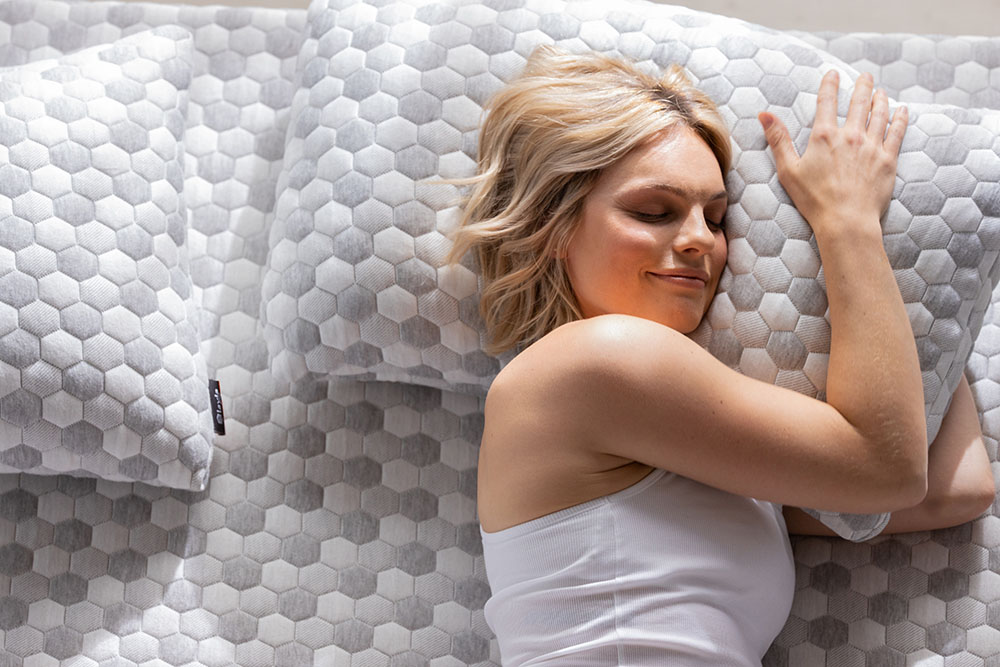
Additional Accessories for Stomach Sleepers
Besides a great mattress, it’s also a good idea to add sleep accessories that can help you sleep more comfortably while on your belly. You can think of your mattress as the basic foundation, but you need more than a foundation for a good night’s sleep. Here are some additional investments you may want to make for a comfortable night sleeping on your stomach:
Pillows
As mentioned earlier on, pillows are an ideal sleep accessory for stomach sleepers. You can place one under your pelvis to keep your spine properly aligned or under your forehead to keep yourself from turning your neck (and twisting your spine).
Layla Sleep’s shredded memory foam pillows make an ideal choice. They’re not too thick or tall, so they won’t push your body out of alignment. However, they’re still supportive so they’ll keep your body in place. Memory foam is an ideal material that provides both adequate give and support. You can even remove some of the stuffing so it’s the exact amount of loft you prefer. Because of the pillow’s unique construction, it will stay in the shape you form it into throughout the night while staying soft and plush.
These pillows are also made with open-cell memory foam and breathable polyester fibers for maximum airflow and breathability. For you, that means a cooler sleep all night long. Want an even cooler sleep? Check out the Layla copper memory foam pillow. Made with CuTEC, a copper-infused yarn, these pillows are specifically designed to pull heat away from your neck and head so you won’t overheat.
Mattress Toppers
A mattress memory foam topper is another great addition for stomach sleepers to use. Although it doesn’t provide more support, it does provide additional comfort. A mattress topper can help stomach sleepers who want a more plush feeling, but without losing the support of a firmer mattress underneath.
Takeaways: Finding Your Perfect Mattress and Beyond
Not all mattresses are created equally – especially when it comes to the specific needs of stomach sleepers. But whether you need a mattress for stomach sleepers or a great mattress for side sleepers, Layla Sleep has the solutions. When you invest in a mattress from Layla Sleep, you invest in a night of better sleep, a better tomorrow morning, and most importantly, a happier and healthier version of you.

